Rhynchosia tomentosa
Common Name(s):
- Phonetic Spelling
- Rine-KOE-zee-ah toe-men-TOE-sah
- Description
-
The erect snoutbeam is a perennial member of the legume family (Fabaceae). It is native to the southeast United States and is commonly found in dry open woodlands and sandhills. In North Carolina, it is primarily found in the sandhills and Piedmont areas. The common name comes from the small downward pointing beak or “snout” on the end of the seed pod.
This wildflower will grow up to 30 inches tall with few to no branching and relatively few leaves. The erect habit and trifoliate leaves help to identify it from the other two snoutbeans in the area. This plant prefers full sun to partial shade and sandy well-drained soil. It is quite drought-tolerant. and poor soils tolerant but will not tolerate too much shade or wet soils. As with other plants in the legume family, erect snoutbean fixes nitrogen in the soil so no fertilization is needed.
The yellow butterfly-shaped flowers appear in May and continue through August. They are followed by the legume. The leaves have deep veins and hairs giving them a crinkly appearance and a velvety feel.
Use this plant in a native pollinator garden, in pots, mass-planted or in borders. They will bloom even during the hottest and driest summers and attract pollinators to your garden.
This plant was selected as the 2024 NC Wildflower of the Year, a program managed by the North Carolina Botanical Garden with some financial support from the Garden Club of North Carolina.
Insects, Diseases, and Other Plant Problems: No significant problems.
- See this plant in the following landscape:
- Cultivars / Varieties:
-
- Tags:
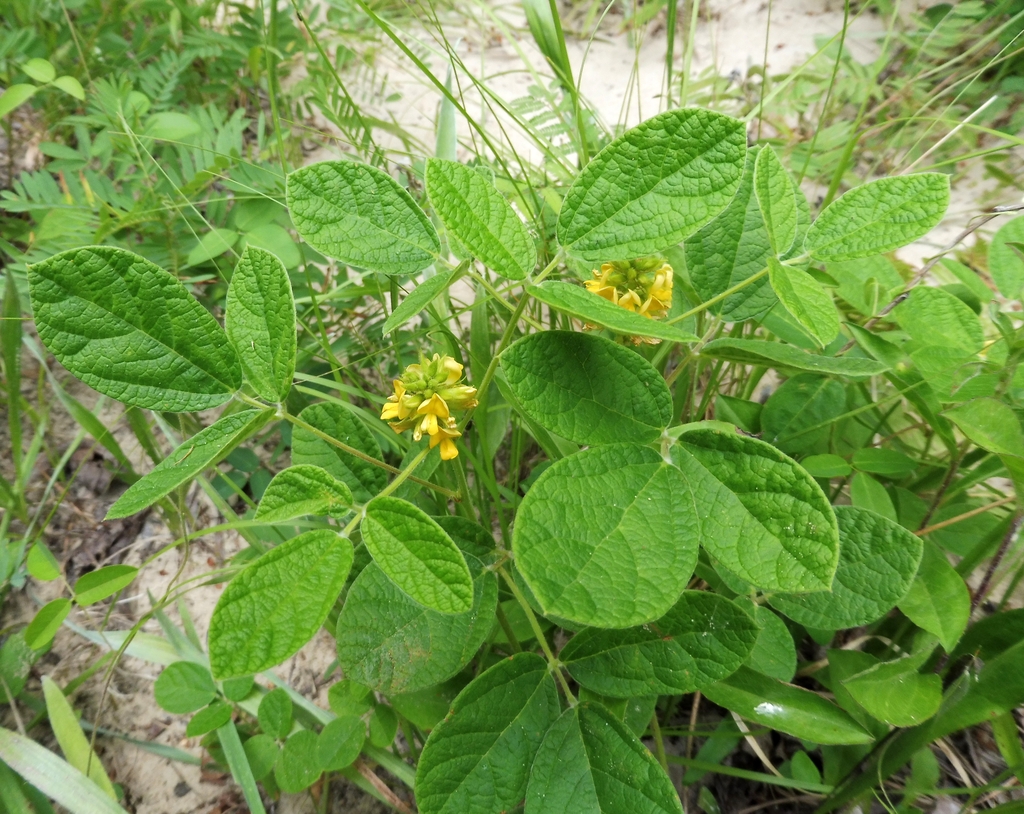
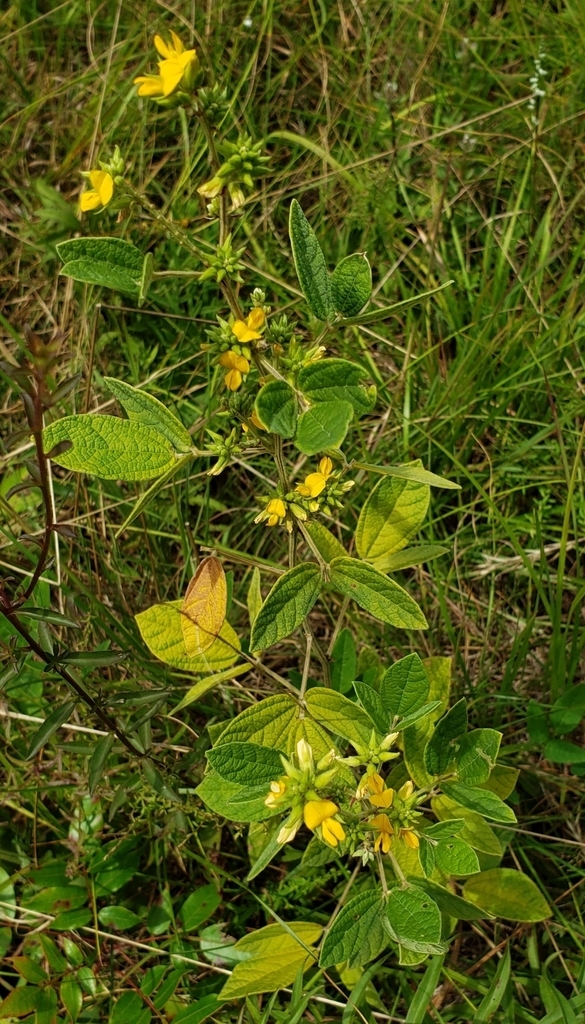
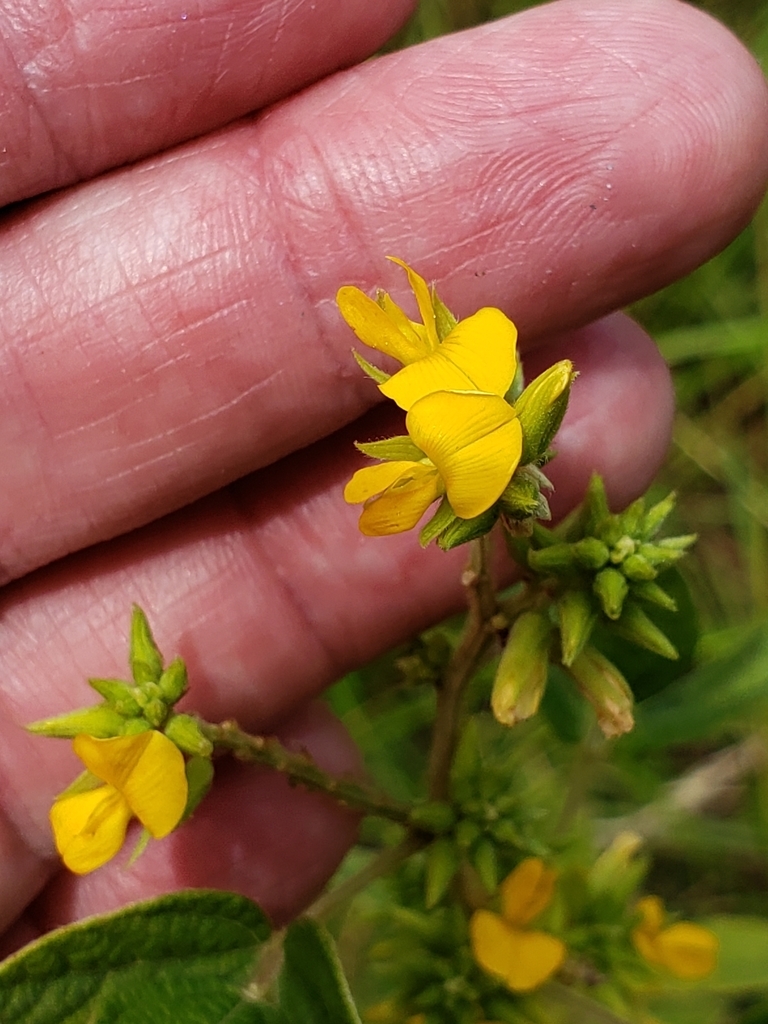
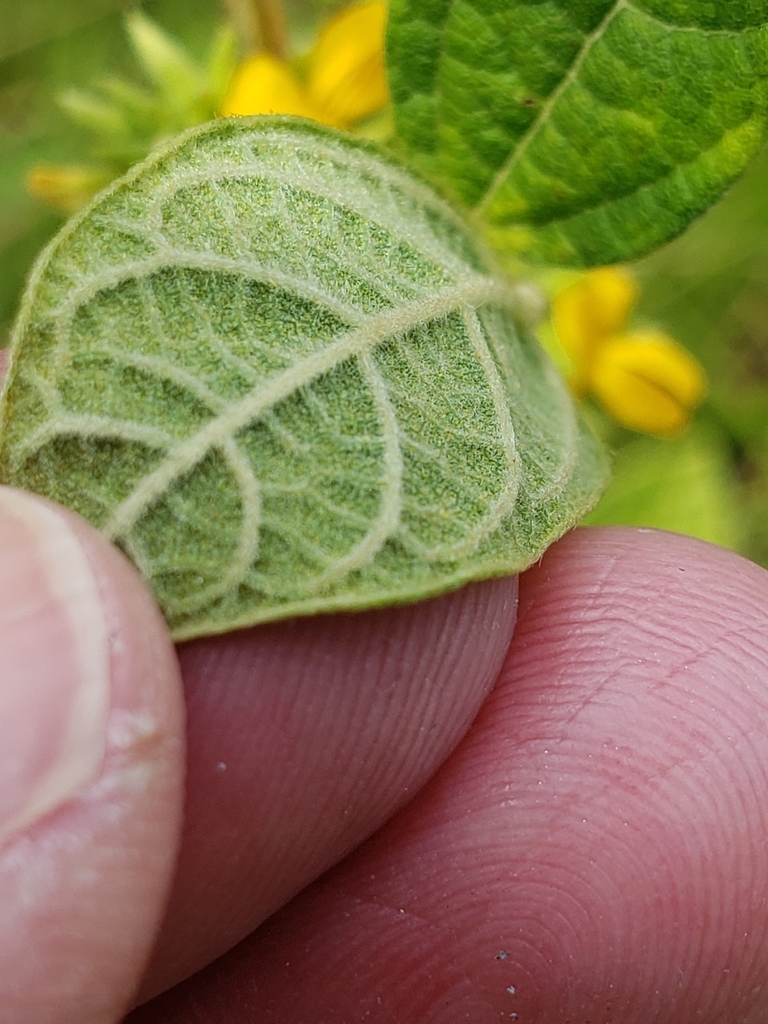
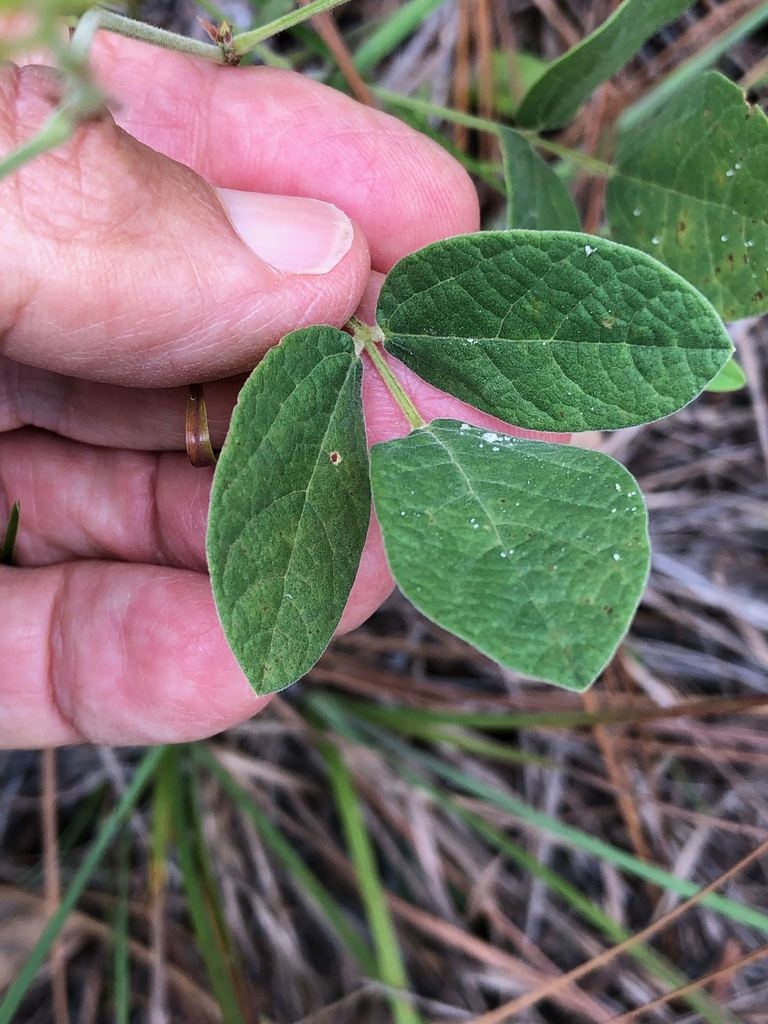









- Cultivars / Varieties:
-
- Tags:
-
-
Attributes:
- Genus:
- Rhynchosia
- Species:
- tomentosa
- Family:
- Fabaceae
- Life Cycle:
- Perennial
- Recommended Propagation Strategy:
- Seed
- Country Or Region Of Origin:
- Spoutheast USA
- Distribution:
- AL , AR , DC , DE , FL , GA , KY , LA , MD , MS , NC , SC , TN , TX , VA , WV
- Wildlife Value:
- Flowers attract pollinators
-
-
Whole Plant Traits:
- Plant Type:
- Herbaceous Perennial
- Native Plant
- Wildflower
- Woody Plant Leaf Characteristics:
- Deciduous
- Habit/Form:
- Erect
- Growth Rate:
- Medium
- Maintenance:
- Low
-
-
Cultural Conditions:
- Light:
- Full sun (6 or more hours of direct sunlight a day)
- Soil Texture:
- Sand
- Shallow Rocky
- Soil Drainage:
- Good Drainage
- Occasionally Dry
- NC Region:
- Coastal
- Piedmont
-
-
Fruit:
- Display/Harvest Time:
- Fall
- Fruit Type:
- Legume
- Fruit Length:
- < 1 inch
- Fruit Width:
- < 1 inch
- Fruit Description:
- Small legumes, usually with 2 seeds
-
-
Flowers:
- Flower Color:
- Gold/Yellow
- Flower Inflorescence:
- Spike
- Flower Value To Gardener:
- Long Bloom Season
- Flower Bloom Time:
- Fall
- Summer
- Flower Shape:
- Funnel
- Flower Petals:
- 4-5 petals/rays
- Flower Size:
- < 1 inch
- Flower Description:
- The 1/2-inch long yellow butterfly-shaped flowers grow in small clusters in the leaf axils and at the end of branches. Blooms May through August
-
-
Leaves:
- Woody Plant Leaf Characteristics:
- Deciduous
- Leaf Color:
- Green
- Leaf Feel:
- Velvety
- Leaf Type:
- Compound (Pinnately , Bipinnately, Palmately)
- Leaf Arrangement:
- Opposite
- Leaf Shape:
- Elliptical
- Leaf Margin:
- Entire
- Hairs Present:
- Yes
- Leaf Length:
- 1-3 inches
- Leaf Width:
- < 1 inch
- Leaf Description:
- The green compound leaves are trifoliate, have deep sunken veins and are hairy. Leaflets are 1.5 to 2 inches long and 1/2 as wide. The shape is elliptical. Hairs are present on both sides giving them a velvety feel.
-
-
Stem:
- Stem Color:
- Green
- Stem Is Aromatic:
- No
- Stem Surface:
- Hairy (pubescent)
- Stem Description:
- Green stems with hairs
-
-
Landscape:
- Landscape Location:
- Coastal
- Container
- Naturalized Area
- Small Space
- Walkways
- Landscape Theme:
- Butterfly Garden
- Drought Tolerant Garden
- Native Garden
- Pollinator Garden
- Rock Garden
- Design Feature:
- Border
- Attracts:
- Bees
- Butterflies
- Pollinators
- Resistance To Challenges:
- Drought
- Dry Soil






